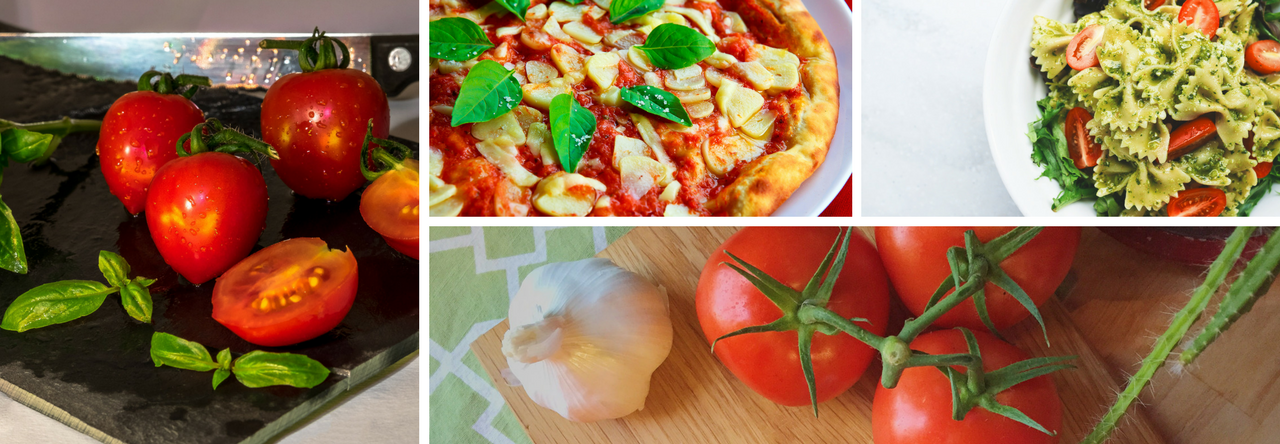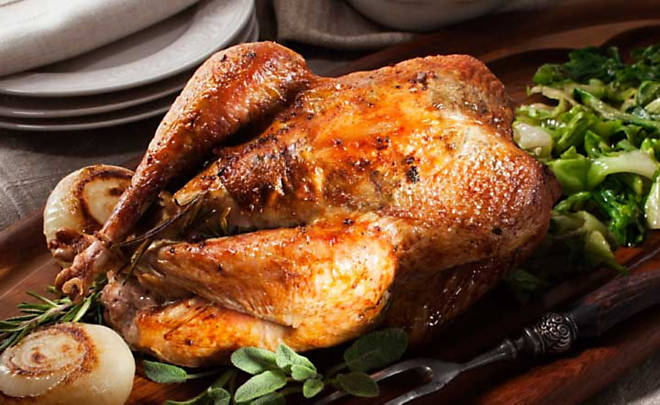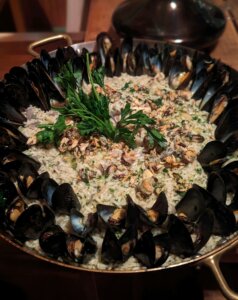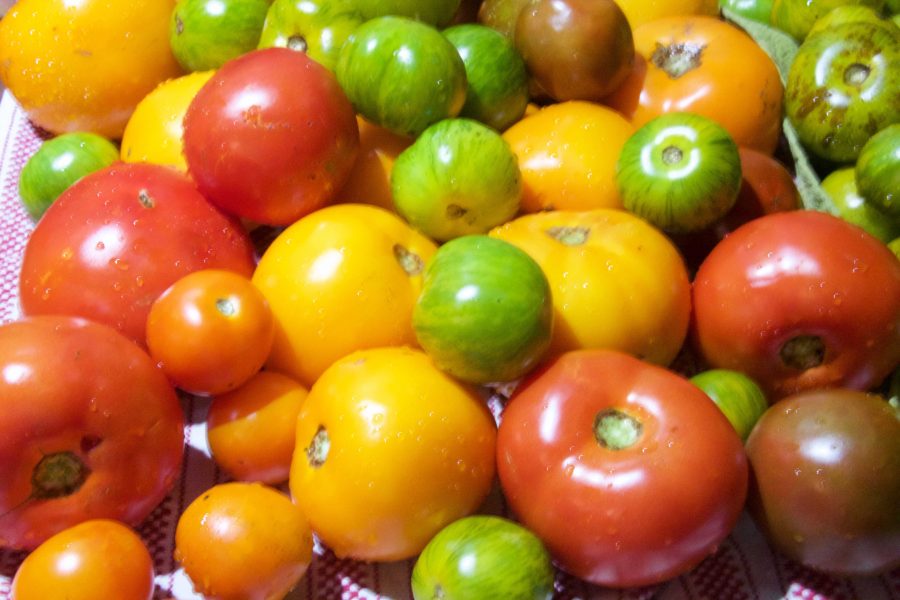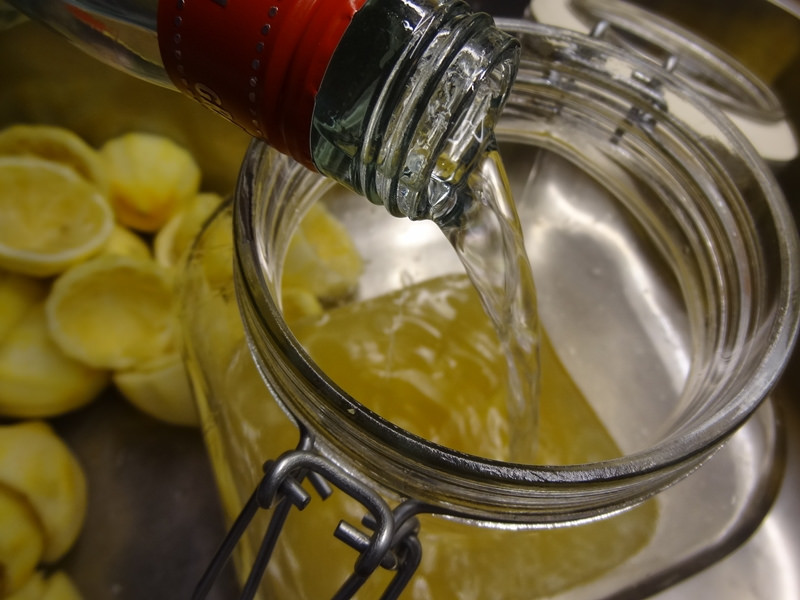Photo from http://www.dartagnan.com/herb-roasted-pheasant-recipe.html
I went to my local grocery store in the Lake Tahoe area to buy food for dinner. As I was looking at their selection of meats and foul, I found two frozen pheasants.
This is the second recipe is for baked pheasant stuffed with Italian sausage, capers, bread crumbs, and the pheasant’s liver. This sweet/salty combination is wonderful for a special dinner on a cold night.
Ingredients
- 3 TB of extra virgin olive oil
- 1 egg
- 50 grams freshly grated Parmigiano Reggiano
- 1 TB. chopped capers
- 1 sprig of fresh rosemary, chopped
- 1 leaf of fresh sage, chopped
- ¼ cup plain bread crumbs, lightly soaked in water
- ½ cup of dry white wine (such as a Pinot Grigio)
- Salt and black pepper
- 1 link mild Italian sausage
- 1 whole pheasant, chopped into 8 pieces
- 1 additional cup white wine, used for drizzling the pheasant as it cooks in the oven.
Preparation
- Heat the oven to 400 degrees F.
- Coat the pheasant and baking pan with extra virgin olive oil.
- In a medium bowl, prepare the stuffing by combining the egg, Parmigiano, chopped capers, rosemary, sage, crumbled Italian sausage, liver, and bread crumbs with a ½ cup of white wine. Mix well.
- Using your hands, fill the chest cavity of the pheasant with the stuffing. If you know how, fill it so the abdomen and skin of the pheasant does not allow the stuffing to get out.
- Bake the pheasant with its stuffing for about 45 minutes, occasionally opening the oven to drizzle it with white wine.
- Remove the pheasant from the oven and allow it to sit for about 5 minutes.
- Chop into pieces and serve immediately.
- Buon appetito!
Suggested Wine Pairing
Try a good Cirò, Chianti, Barbera, or Pinot Noir, but stay away from Merlot and Cabernet!
Italiano: Fagiano al Forno con Salsiccia
Sono andato al mio negozio di alimentari locale nella zona di Lake Tahoe per comprare cibo per la cena. Mentre stavo guardando la loro selezione di carni e sporco, ho trovato due fagiani congelati.
Questa è la seconda ricetta per il fagiano al forno ripieno di salsiccia italiana, capperi, pangrattato e fegato di fagiano. Questa combinazione dolce/salata è meravigliosa per una cena speciale in una notte fredda.
Ingredienti
- 1 salsiccia italiana dolce
- 1 fagiano intero, tagliato in 8 pezzi
- 3 cucchiai di olio extravergine di oliva
- 1 uovo
- 50 grammi di Parmigiano Reggiano grattugiato fresco
- 1 cucchiaio di capperi tritati
- 1 rametto di rosmarino fresco, tritato
- 1 foglia di salvia fresca, tritata
- 120 grammi di pangrattato normale, leggermente ammollato in acqua
- 120 ml di vino bianco secco (tipo Pinot Grigio)
- Sale e pepe nero
- 250 ml di vino bianco aggiuntivo, utilizzato per irrorare il fagiano durante la cottura in forno.
Preparazione
- Scaldare il forno a 400 F
- Spalmare il fagiano e la pentola da forno con olio d’oliva.
- Preparare il ripieno:
- 1 uovo
- 50 gr Parmigiano grattugiato fresco
- Un cucchiaio di capperi tritati
- Un po’ di rosmarino e salvia tritati
- Circa mezza salsiccia di maiale fresca tritata, il fegato del fagiano tritato
- Un pugno di mollica di pane ammollata nell’acqua
- 120 ml di vino bianco
- Sale e pepe nero
- Mischiare, riempire la pancia del fagiano con questo ripieno ben amalgamato. Infornare per 45 minuti circa -dipende dalla forza del forno che avete- e ogni tanto bagnate con vino bianco (1 bicchiere in tutto).
- Tagliare il fagiano a pezzi.
- Buon appetito!

